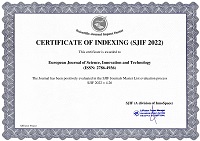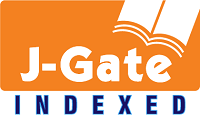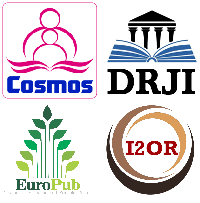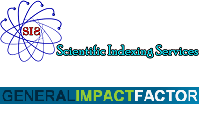Organizational Culture as a Driver of Financial Performance
Abstract
Organizational culture is increasingly being recognized as a strategic asset with measurable financial implications. This paper examines how shared values, behaviors, and leadership norms shape not only the employee experience but also drive key performance outcomes such as productivity, innovation, customer satisfaction, and profitability. Drawing on global studies, company case examples, and market performance data, the analysis demonstrates that companies with strong, aligned cultures consistently outperform their peers across a range of financial and operational metrics.
Through a detailed review of research from Gallup, McKinsey, SHRM, and others, the paper highlights the direct links between culture and business outcomes, including higher engagement, lower turnover, greater agility, and improved shareholder returns. Case studies from organizations such as Southwest Airlines, SAS, and Zappos illustrate how intentional cultural design leads to sustained growth and resilience. The paper introduces a Culture–Performance Value Chain framework to map the causal pathway from foundational values and leadership behaviors to employee attitudes, operational improvements, and financial impact.
While the evidence is compelling, the paper also addresses why culture continues to be underprioritized in many organizations, often due to measurement challenges and short-term business pressures. Ultimately, the findings suggest that culture is not a secondary concern but a core element of financial strategy. Organizations that actively invest in cultivating a healthy, high-trust culture are better positioned to attract talent, adapt to change, and deliver long-term value to stakeholders.
References
Edmans, A. (2011). Does the stock market fully value intangibles? Employee satisfaction and equity prices. Journal of Financial Economics, 101(3), 621–640. SSRN. https://papers.ssrn.com/sol3/papers.cfm?abstract_id=985735
Ferri, M. (2024, November 19). Corporate culture as an intangible asset. Evidence Investor. https://www.evidenceinvestor.com/post/corporate-culture-as-intangible-asset
Fearless Culture. (2020, January 12). Southwest Airlines: Culture design canvas. https://www.fearlessculture.design/blog-posts/southwest-airlines-culture-design-canvas
Gallup. (2013, June 20). The Benefits of Employee Engagement. Gallup. https://www.gallup.com/workplace/236927/employee-engagement-drives-growth.aspx
Gainsford, M. (2024, July 17). Zappos: A case study into company culture. Titus Talent Strategies. https://www.titustalent.com/insights/zappos-a-case-study-into-company-culture/
Great Place to Work. (2025, April 2). When employees thrive, companies triple their stock market performance. https://www.greatplacetowork.com/resources/blog/when-employees-thrive-companies-triple-their-stock-market-performance
McKinsey & Company. (2007, February). The missing link: Connecting organizational and financial performance. https://www.mckinsey.com/~/media/mckinsey/dotcom/client_service/Public%20Sector/PDFS/The_missing_link-Connecting_organizational_and_financial_performance.ashx
Powell, R. (2021, November 2; updated November 19, 2024). Corporate culture as intangible asset. EvidenceInvestor. https://www.evidenceinvestor.com/post/corporate-culture-as-intangible-asset
Savić, B., Jelić, S., & Ostojić, V. V. (2023). The impact of organizational culture on financial performance of the company. ResearchGate. https://www.researchgate.net/publication/373935236
SHRM. (2024, December 12). Workplace culture fosters employee retention. SHRM Executive Network. https://www.shrm.org/executive-network/insights/shrm-report-workplace-culture-fosters-employee-retention
University of Minnesota Libraries Publishing. (2010). People come first: The case of SAS. In Chapter 4: Individual attitudes and behaviors, Organizational behavior (Adapted ed.). https://opentext.wsu.edu/organizational-behavior/chapter/4-1-people-come-first-the-case-of-sas/
Copyright (c) 2025 Akshay Dipali

This work is licensed under a Creative Commons Attribution 4.0 International License.


 ISSN
ISSN 











